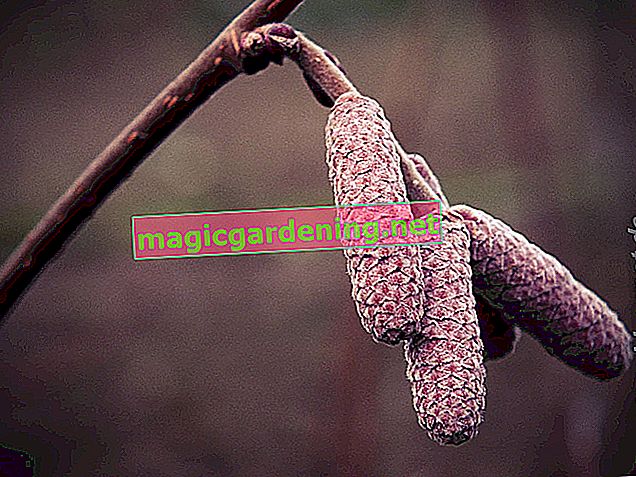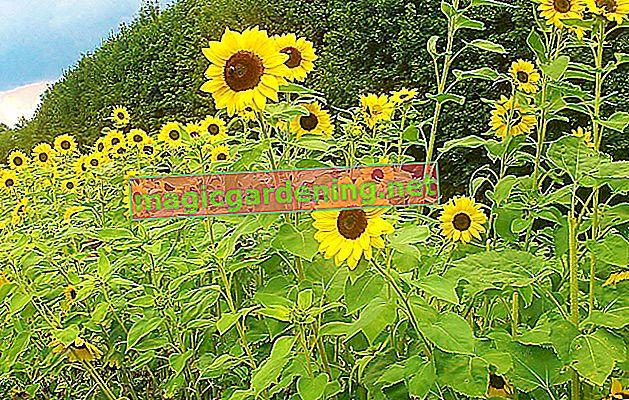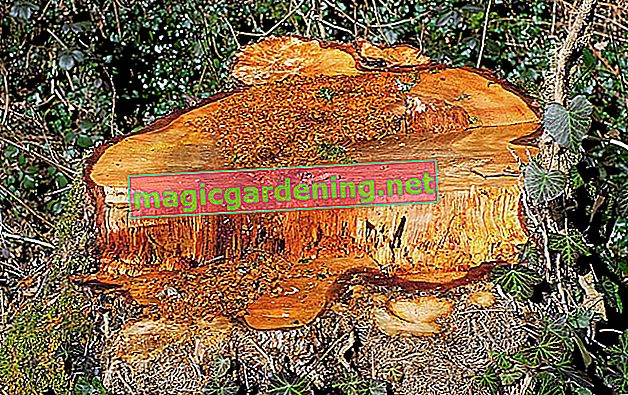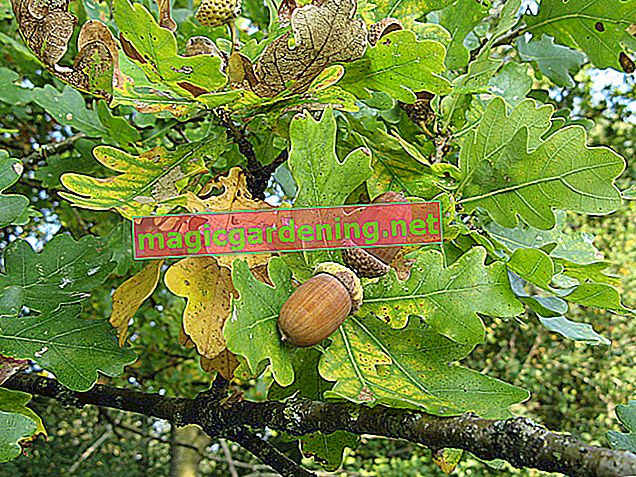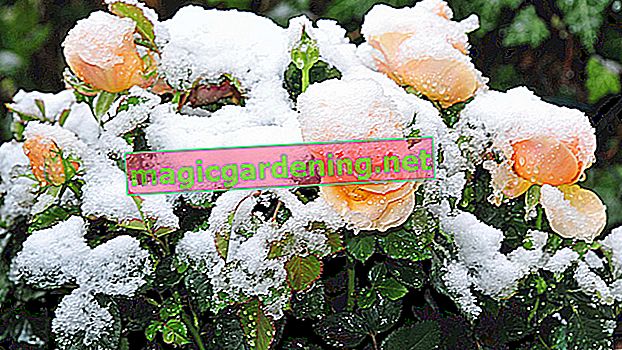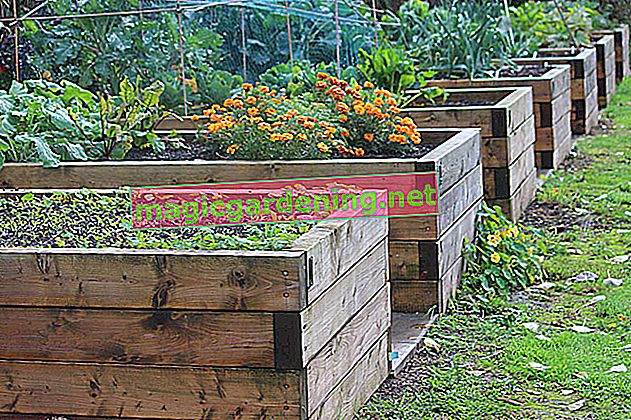
How to build a compost raised bed
Since the material in such a raised compost bed collapses due to the rotting process, it is best to construct the boxes as described:
- Use boards made of sturdy hardwood.
- Oak, Douglas fir or larch wood are ideal.
- Place grooved posts in each corner.
- You fit the durable boards into this.
- These should be able to be removed individually.
- In this way, the height of the side walls can be adapted to the constantly changing substrate height.
- No foil is used inside the bedding box.
also read
- How to properly fill the raised bed
- Can you just fill a raised bed with soil?
- The best tips for raised beds
Don't forget the rabbit wire on the ground!
In a raised bed with an open bottom, you should never forget the rabbit wire. It must be bent up at the edges and seamlessly connected to the bottom boards using staples. Otherwise voles and mice will soon be living in the raised bed and attacking your plants.
Fill the compost raised bed according to the hill bed principle
In a very “classic” way, a raised bed is filled with your own kitchen and garden waste using the hillbed principle. The entire material rots so badly within a few years that the plants are sometimes deep in the box in the second year and hardly get any light. At the same time, the nutrient content changes from initially high to medium to weak. How fast the rotting actually progresses depends on the structure, mixture and nitrogen content of the raw materials. You should make sure that you always have enough material available to refill.
And this is how the individual layers of a "hillbed" raised bed look like:
- at the bottom coarse wood waste, densely layered and with chopped material as a gap filler
- branches and coarse shredded material above
- as the third layer, rotten leaves or rotted manure or upturned turf
- then coarse compost or raw compost
- as the last, top layer, garden soil or fine compost
Crop rotation on the compost raised bed
Raised compost beds are initially planted with heavy eaters in the first one to two years (depending on how much the bed has already sagged). These include vegetables such as cabbage, celery, tomatoes, cucumbers, leeks, pumpkins, zucchini and sweetcorn. From the second to third year, vegetables follow that are no longer quite as hungry for nutrients. Planting with middle eaters such as Swiss chard, beetroot, lettuce, kohlrabi, Chinese cabbage, carrots, onions and garlic, potatoes, radishes, parsnips and spinach is now ideal. From the third to fourth year onwards, the compost raised bed is perfect for low-consumption people such as lamb's lettuce, winter purslane, rocket, radishes, beans, peas as well as parsley and other kitchen herbs.
Tips
To ensure good crop rotation, the plant family on the bed is also changed every year. Green manure and soil cover during the winter months are also beneficial.

